With the rise of account-based techniques, B2B companies start integrating account-based approaches into their demand generation strategies. Instead of fishing prospects with a net, they are spearing to target the perfect fish. This business marketing strategy concentrates resources on a set of target accounts that are highly likely to convert and generate profit within your market.
This may be quite an elaborate process and it is easy to get confused in the very beginning. But once in proper full swing, this is undeniably one of the power tools your team can bank on for a shorter sales cycle and faster ROI. And to give you a boost, here is a 6-step guide to help you along the way.
Why ABM Is Essential For Demand Generation In 2023
- More precision. No spray-and-pray. Since you already know your high-value accounts within your market, it would be easier to create campaigns to trigger the need and action to purchase. This will help you with brand visibility and keep them interested or excited about your brand.
- Easier to track. ABM helps you eliminate the chaos and clutter in the buyer journey because you already specified your map. You can quickly implement and optimize the marketing plan based on the account’s buying process and track the buyer journey down to specific engagement signals like clicks or video views.
- Personalization. Account-based approaches allows you to develop different playbooks based on different firmographics such as vertical, size, geographic location, and other segments you need to streamline and devise an appropriate customer contact strategy for each opportunity. ABM gives you insights into your customer preferences and intent so you can offer optimized and tailored experiences making them feel more valued.
Step 1. Create ICP
Knowing the ICP is the key to any business and structuring it is critical to sales and marketing success. It must be data-driven and not just based on gut feel. A well-defined ICP is important to help you drive the demand you want, making sure that you’re reaching the right companies and the right people in order to achieve faster sales cycles and higher conversion rates.
ICP, from its acronym Ideal Customer Profile, is not just any customer available in the market. It should be an ideal or perfect company to match and benefit from your product or service the most.
ICP defines firmographic, environmental and behavioral attributes of businesses that are expected to become your high-value customers.
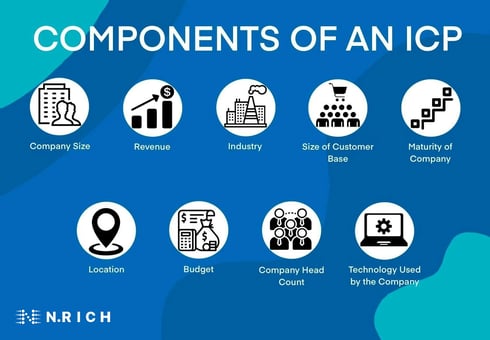
Once you have identified your ICP it would be easier for you to reach the right people - the buyer personas. These personas are the people involved in the purchasing decision, the so-called buying committee. They are the ones who could identify the goals and challenges faced by the company and could tell how your product or service can help them achieve those goals and overcome the obstacles.
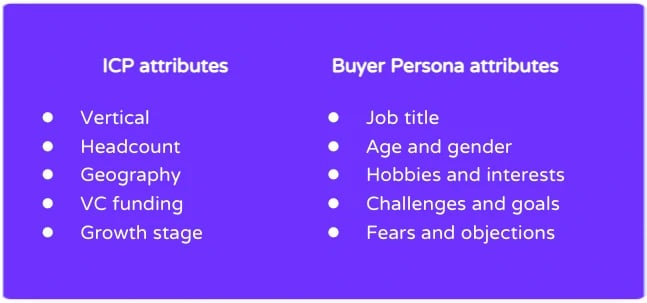
Here’s the workflow you should follow to create your ICP:
- Step 1. Analyze all existing opportunities in your CRM. It’s best to do your analysis based on Sales Velocity - a metric that takes into account three parameters: deal value, win rate, and sales cycle length.
- Step 2. Pinpoint accounts that demonstrate the highest Sales Velocity: those that convert faster, with higher probability and greater paychecks.
- Step 3. Identify common characteristics of those accounts: company size, industry, location, interests, and more.
- Step 4. Build TAL (Target Account List) of in-market accounts that have similar characteristics.
N.Rich ICP Builder can help you automate those calculations. It also integrates into your CRM and its algorithm automatically builds your ICP based on your current and historical metrics.
.webp?width=1469&height=662&name=icp-1%20(1).webp)
If your product is new to the market and you don’t have a lot of historical data accumulated yet, you need to define the ICP criteria based on interviews with prospects and other customer-facing teams like sales and CS. However, don’t fall into one of the most common traps:
- Gut feel-based ICP. Even when you have a limited volume of data to identify your ICP, you should not rely merely on your intuition for it will surely come crashing back on you. Structuring an ICP should be based on research and hard rock data that can back up your pipeline.
- Unrealistic targets. Every company’s dream is to make it big and to be considered one to be able to work with well-established names. But do these companies represent the accounts you have catered to so far? An early-stage start-up isn’t likely to start selling to unicorns right away.
- Mixing up ICP and buyer persona. You have to bear in mind that you are eyeing accounts and not a person. Your profiling must not be too narrow and limited to the extent of describing one person. It should be generic when it comes to attitudes, needs, and desires to avail and purchase your products or services.
- Marketing bubble. Marketing shouldn’t be the only department responsible for the ICP definition. You need to speak to business development reps, account executives, and customer success managers to define the ICP characteristics.
- Outdated ICP. Your ICP will change and should change over time. Building it once doesn't mean that it will serve you forever. The needs of your clients are also evolving and so is your company. Make sure it’s updated quarterly so you can grow and your ICP will change as well.
- Ghost ICP. Developing one and not using it equals not having ICP at all. Your ICP should be used to strategically produce content, ads, and other interactions. Knowing your accounts doesn't end there. It is used to optimize each approach making it unique for every customer.
Step 2. Build Target Account List
Now that you have the criteria of companies or accounts you’re going to get in front of, it’s time to build the actual target account list (TAL). A more detailed and precise TAL helps you deliver results from your marketing campaigns and figure out who your sales team should reach out to in the first place.
Numerous free and paid tools can help you build a TAL and here are some of which might work for you:
Crunchbase is one tool that you can use to identify the list of priority companies that your sales team wants to convert. They also give you an option to generate lead lists by title, for example, say that you want to sell B2B marketing software to one of your potential leads. You’ll need to speak to the decision-maker in a company rather than an assistant.
Price: $348 for a starter plan.
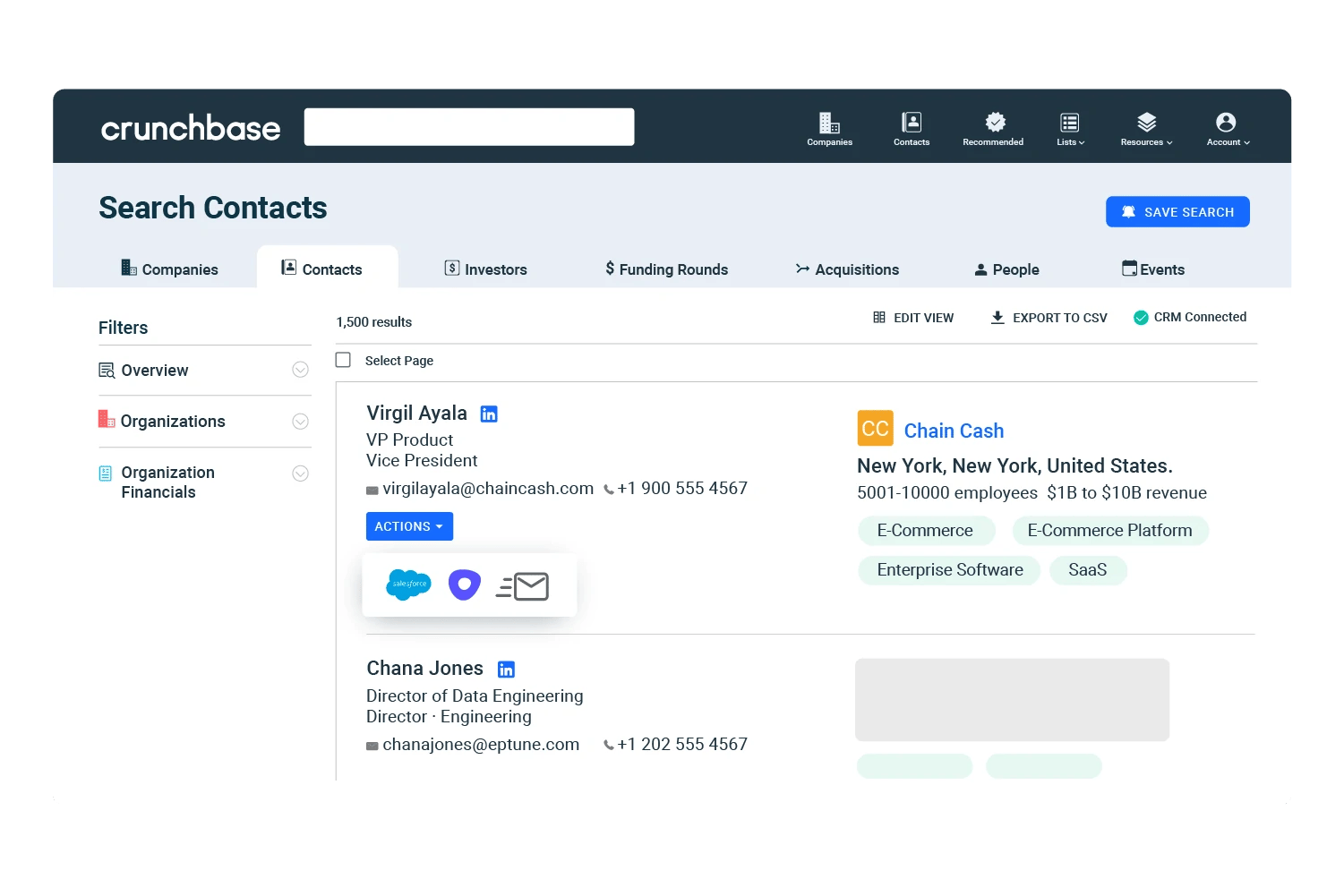
Another tool widely used for prospecting and sales targeting is LinkedIn. Considered a social media platform for businesses, it has more than 500 million members and has a paid option that allows you to access its account targeting feature to reach the professionals working at these accounts with specific filters such as job title or identify others within an account who might also match as a fit as a prime target.
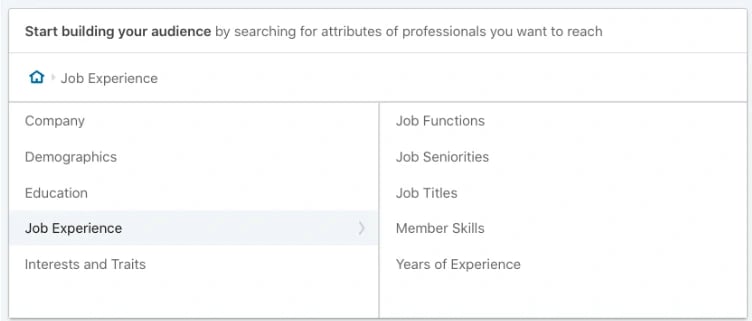
Finally, you can use account-based marketing tools like N.Rich to build target account lists. Because of its strong intent data feature, N.Rich uses both 1st-party and 3rd-party data to structure your TAL based on in-market accounts that have similar characteristics. It will automatically help you identify and score the accounts that have high intent towards solutions that you offer, competitors or industry topics.
.webp?width=630&height=357&name=image%20(16).webp)
Step 3. Benchmark Intent And Prioritize
Once you have identified your target list, you can start laying down the plans with your marketing and sales team. You have to prioritize which ones are willing to purchase from you within a certain period, considering factors such as interest in your niche keywords, products or competitors.
Intent data tools can help you assess the level of intent of your customer. They provide you with information on which accounts need to be prioritized – those who are demonstrating interest in products or services that you offer.
The earlier you capture your target accounts’ intent, the higher the chance to get ahead of your competitors. Some platforms that offer you great intent data reports are Bombora, Zoominfo, and N.Rich which allows you to gather 1st- and 3rd-party data to gauge their buyer journey.
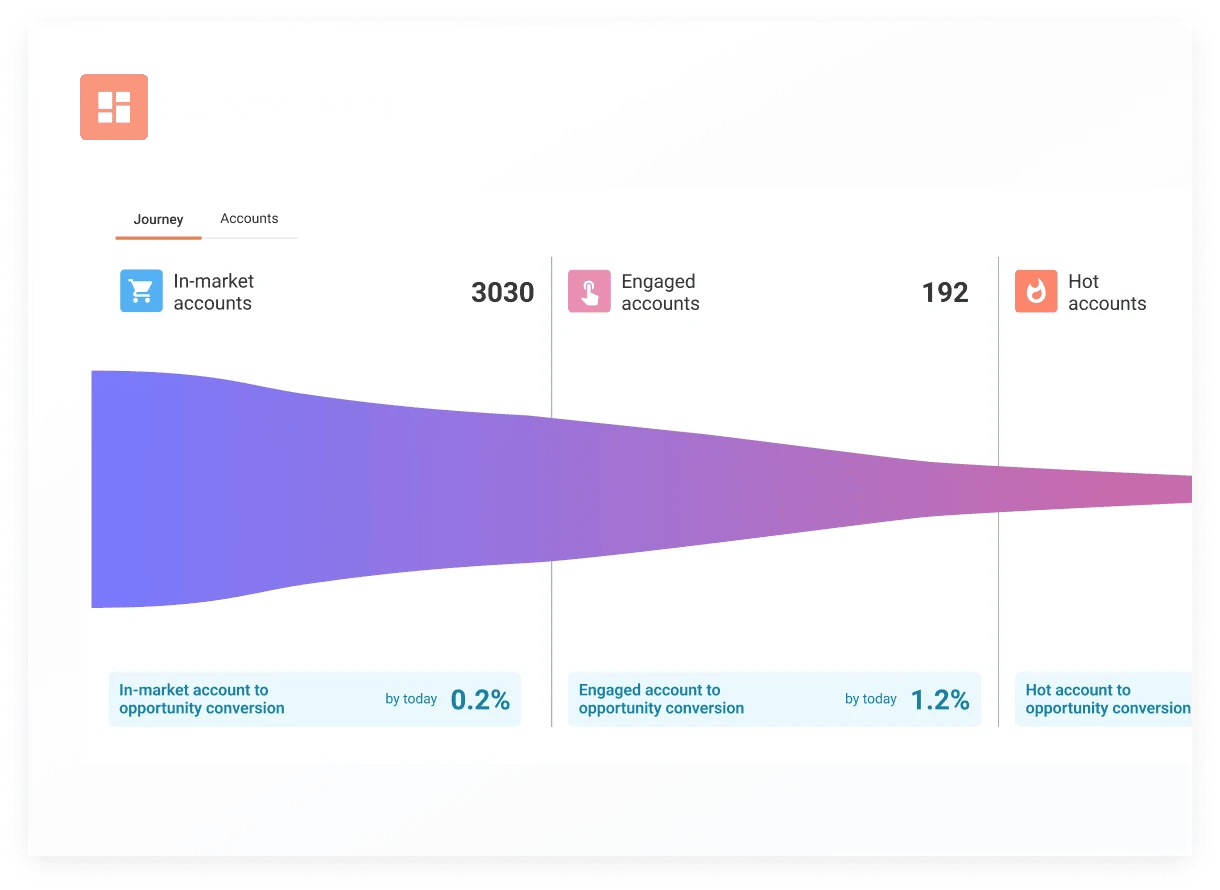
Source: N.Rich Predictive Intent report
Step 4. Understand The Best Channels
Your main goal with using ABM in your demand generation strategy is to know your high-value accounts and appear in front of them in the right place.
And the best way to do this is to know which channels are the best to appear on:
- The websites they visit
- The YouTube videos they watch
- The influencers they follow
- The keywords they’re using to describe their needs
- The topics they talk about
and much more
To do this, you can use a tool like SparkToro. It gives you an understanding of your audience’s favorite websites, podcasts, most used keywords, social media influencers, and media. Free version provides quite a lot of information already, but if you want to get access to additional data sets (e.g. Reddit threads, podcasts or YouTube videos you audience is interested in), you can upgrade to a paid plan (starting at $50/mo).
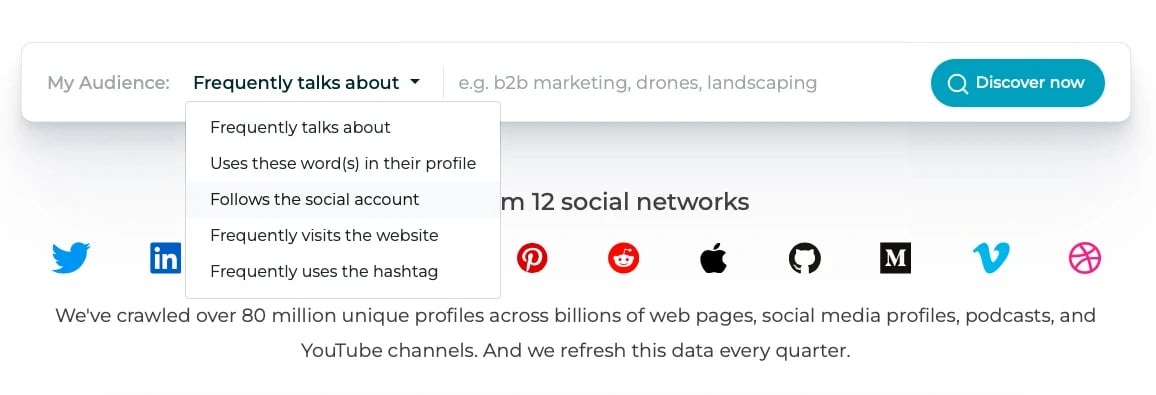
Source: SparkToro
Step 5. Build And Execute On The Plan
Now that you know everything about your target accounts and the channels they prefer, you are ready to lay out the specific plan:
- Decide which channels you think will best reach your target audience. You can start with 2-3 channels to launch your campaign.
- Prepare your content (banners, emails, articles, or video ads) based on the topics that your ICPs are looking for.
- Have your account lists updated and synchronized across your CRM and other marketing platforms you may use to make sure that you can reach everyone on your list (advertising platforms, email tools, or social media).
Once done with those three, you are now ready to go into the full swing of your campaign.
These might look easy but in reality, this process will take you the longest since you have to carefully come up with the right key message. You'll have to tweak, optimize and change a lot to give your customers a unique buying journey. But as you've already prepared a good foundation of knowing your ICP and analyzing the accounts in your TAL, you'll be able to get results better and faster.
Step 6. Measure Results
Once all your campaigns and efforts are up and running, it’s time to gauge and measure the results. Is it effective? Are you on the right channels? Are you serving the right content? Do you answer your target accounts’ pain points or needs?
Though it’s not easy to properly measure the results, there are several account-based attribution tools like Hubspot, Dreamdata, N.Rich, or Hockeystack that can help you identify which marketing tactics and touchpoints are leading to conversions, engagement, sales, and movement through the buyer's journey.
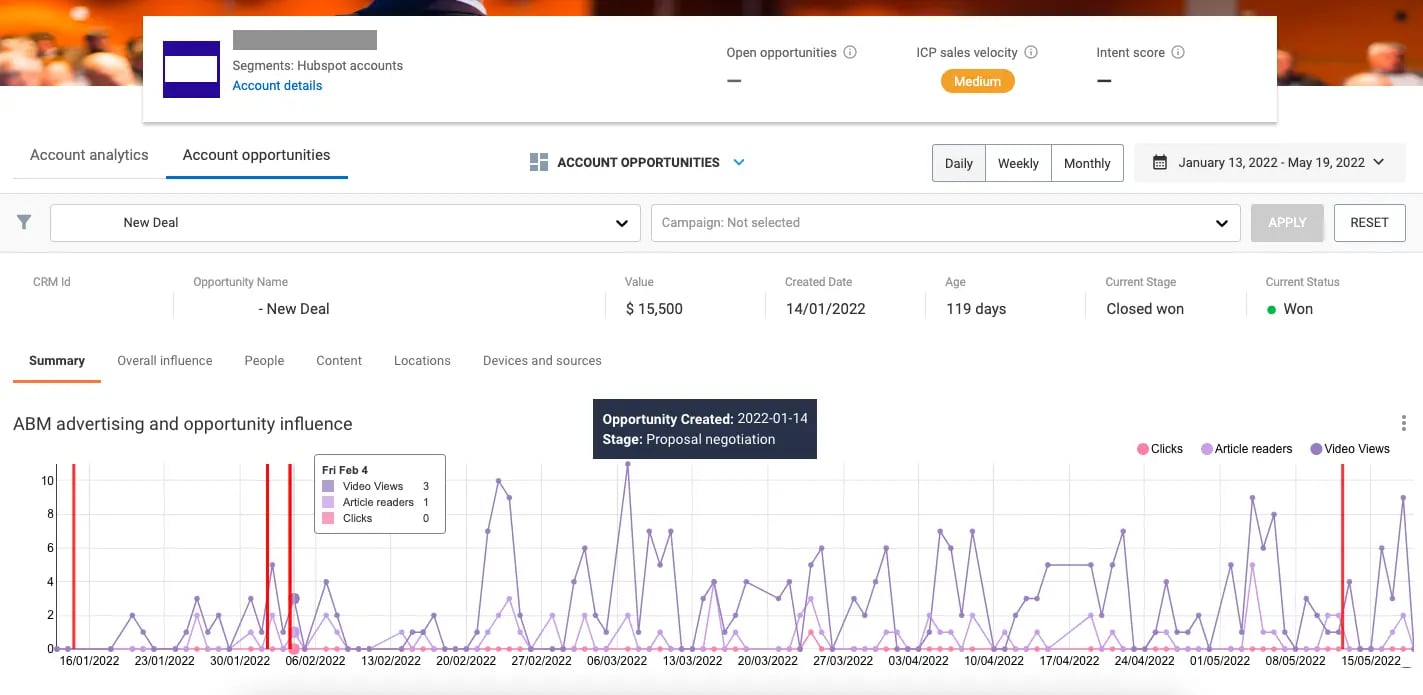
Source: N.Rich
The main metrics are related to revenue from the target accounts from your list.
But you can also understand whether your account-based demand gen is working by tracking other metrics:
- Branded searches (tracked in Google Search Console and Keyword Planner)
- Number of social followers
- Inquiries of companies that are outside your target account list but are close to your ICP.
This is the best part: this is where you get the flywheel rolling and start improving your ICP criteria based on the companies you didn’t look at but that want to buy from you.
ABM + Demand Gen = Your Bright 2023
A combination of ABM and demand generation is a powerful move that can lead you to a great win. It might look a little more complicated than just marketing to any available customer in the market. But this combined strategy will help you generate demand from high-value accounts and not from any random visitors, who don't even signal any chance of being converted into a closed deal.
This ABM demand generation approach will ensure that you will be where your target accounts are at the right time giving them the exact information or answers they are looking for resulting in a faster return of revenue and significant growth in your business.
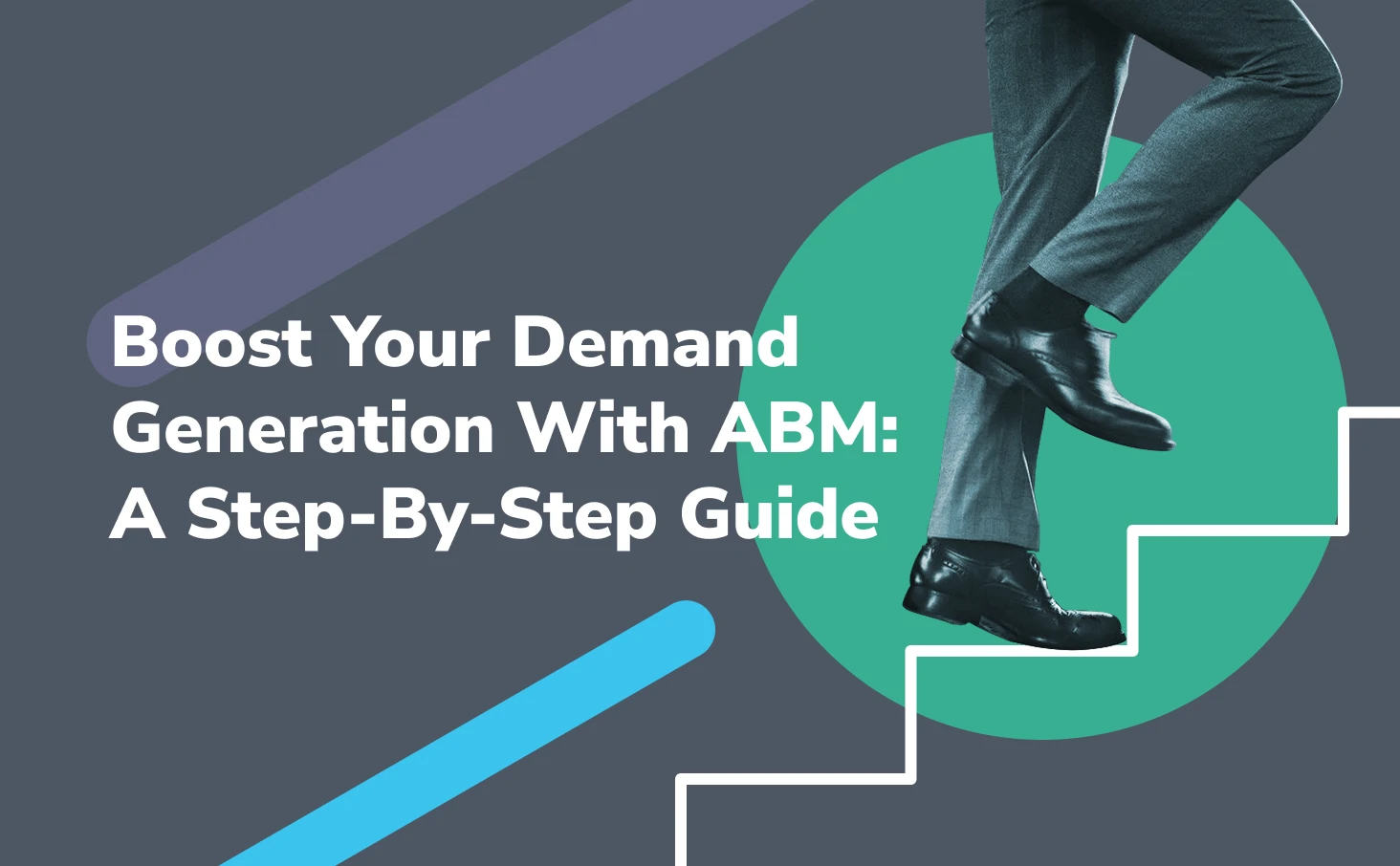



.webp?width=1469&height=662&name=icp-1%20(1).webp)


.webp?width=630&height=357&name=image%20(16).webp)




.webp)